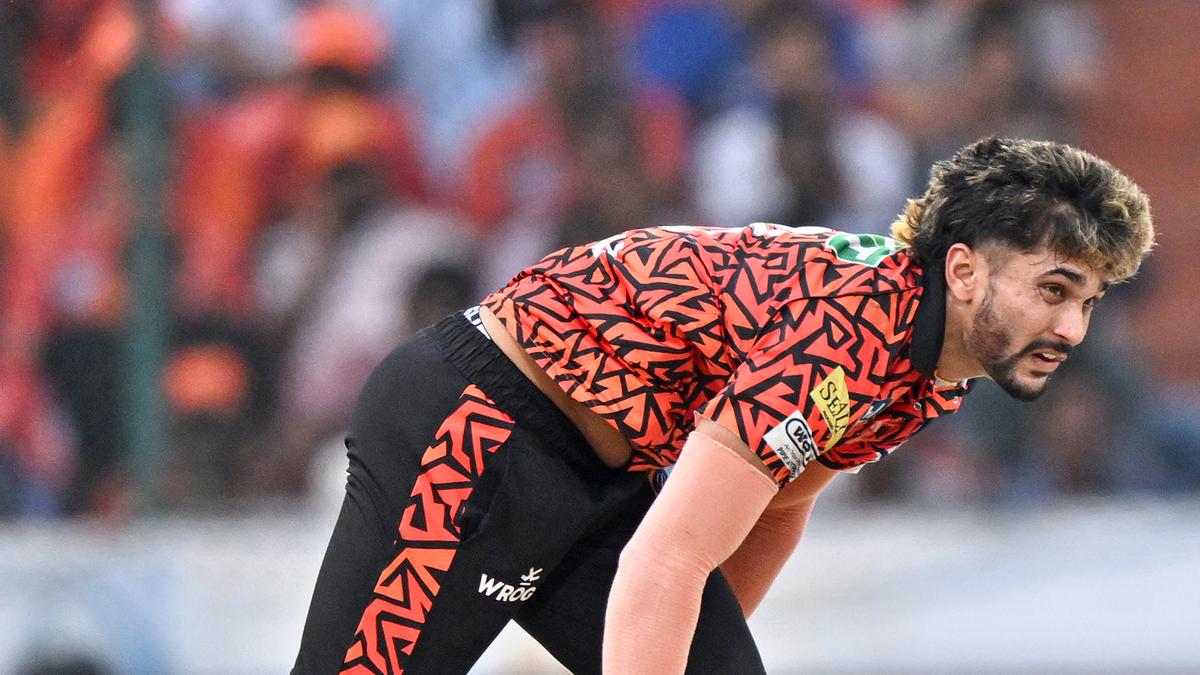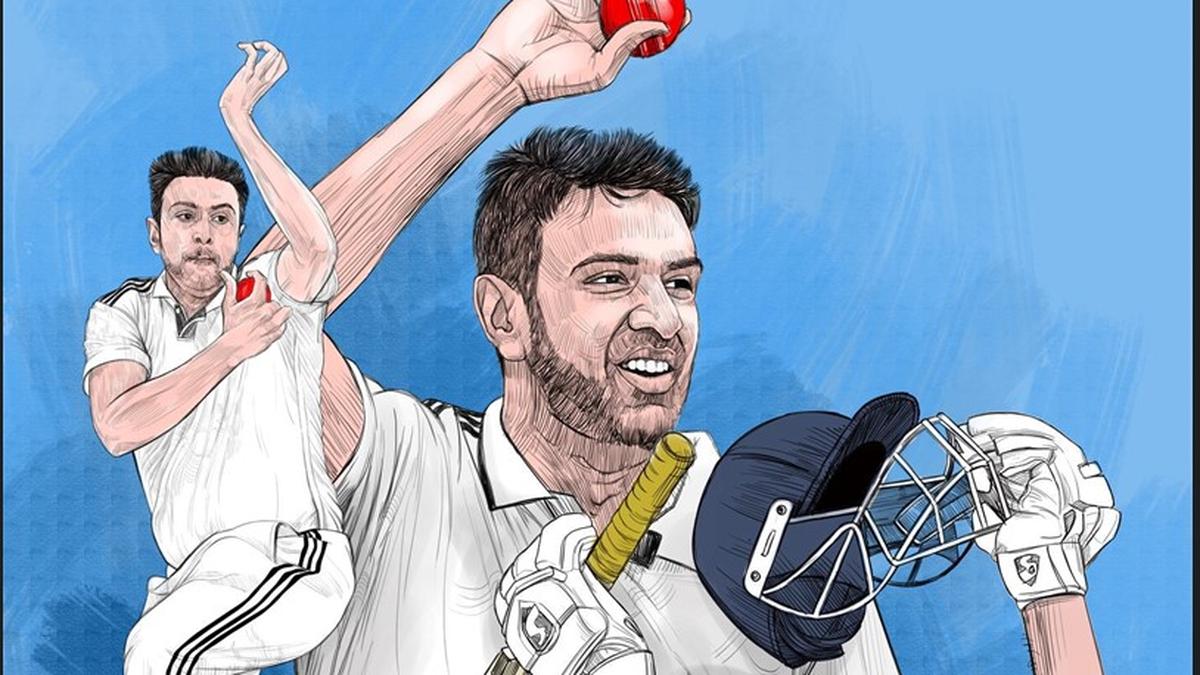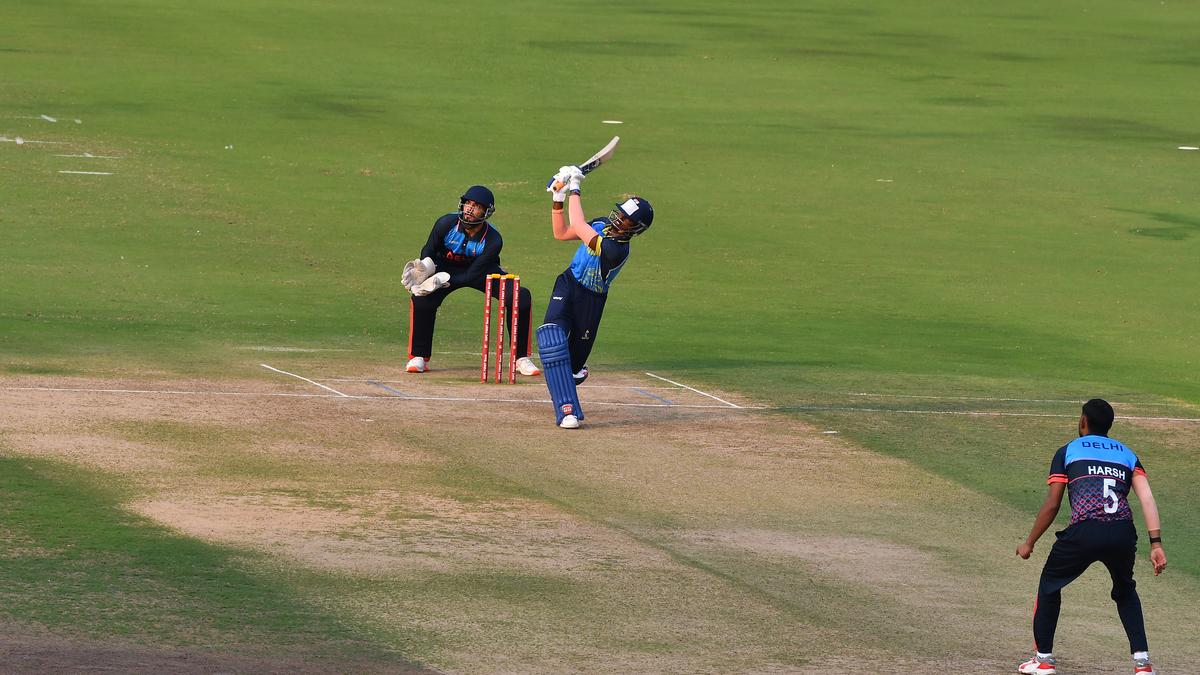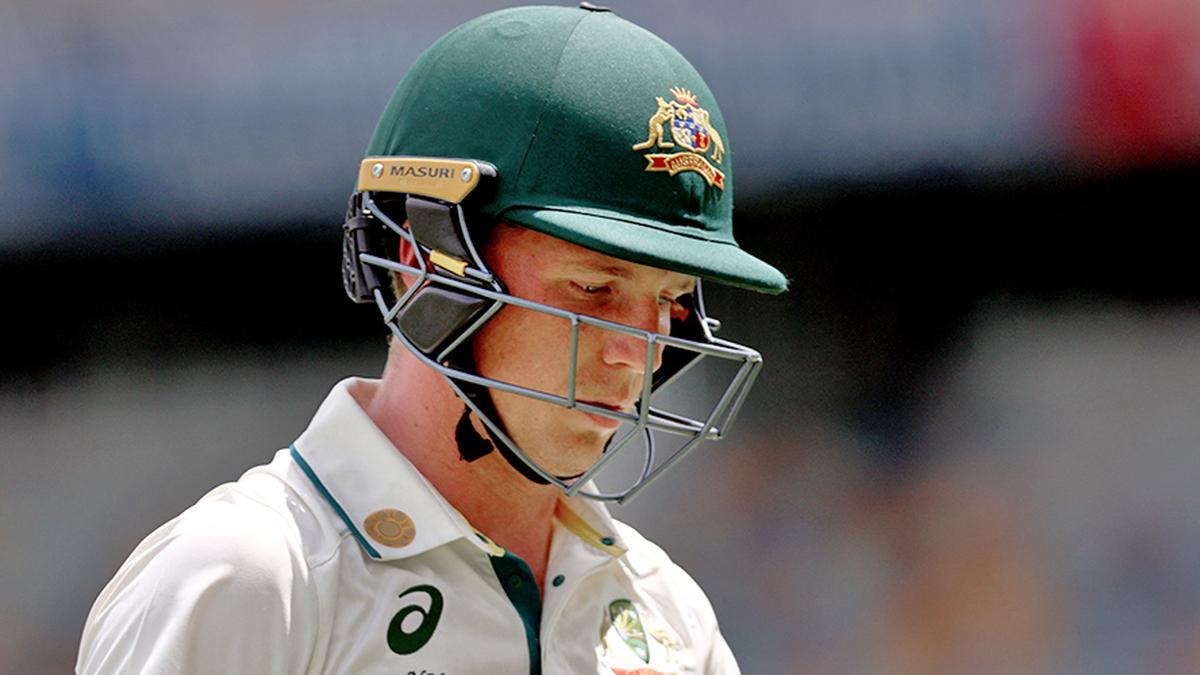To say that Kapil Dev has spoiled successive generations of Indian cricket followers with his unmatched genius will be no exaggeration. More than four and a half decades since his stirring debut in Pakistan, Kapil remains India’s first, foremost and arguably only fast-bowling all-rounder, a phenom who could turn the course of a match with bat alone, ball alone, or just in the field — his celebrated catch to dismiss Viv Richards in the 1983 World Cup final is a shining, but hardly solitary, example of his status as a game-changing fielder.
Exigencies of workload management following his immediate climb to both India’s shock and stock bowler in the wake of the retirements of the celebrated spin quartet not long after he broke through meant Kapil had to drop pace and conserve himself in national interest. That didn’t prevent him from stacking up a then world record 434 Test wickets when he bid adieu to cricket in 1994. Throw in 253 One-Day International wickets, 5,248 Test runs, 3,783 ODI runs and 64 and 71 catches respectively in the longer and shorter formats internationally, and the picture of a larger-than-life persona is complete, even if these impressive numbers can’t do justice to his natural athleticism and extraordinary skills.
Kapil’s retirement spawned the quest for the next Kapil Dev – unfortunate on those who were instantaneously labelled that, because there can only be one Kapil Dev. Laxmi Ratan Shukla, current chairman of selectors Ajit Agarkar and Irfan Pathan, among others, were bracketed in the ‘next Kapil’ category; predictably, none of them came close to matching the Haryana Hurricane, for no fault of theirs.
For a brief while, Hardik Pandya threatened to be that all-rounder in the Kapil mould – not the next Kapil, just the first Hardik Pandya. In just 13 months after his Test debut in July 2017, Pandya boasted a century and a five-wicket haul in his first 11 games. He could have gone on to make a difference with his power-packed batting and his intelligent fast bowling, but a frail and protesting body means Pandya is unlikely to add to his Test appearances.
His last five-day game was in September 2018, and he has informed the authorities that his red-ball career is all but over. What a shame. Pandya’s travails only serve to lend greater aura to Kapil – not that it was needed. A staggering 48,853 deliveries in First Class cricket, 14,947 balls in one-day games. Not to mention nearly 17,000 runs in the two formats put together. And Kapil hardly missed a game through injury. Truly, to paraphrase a commercial in which he appeared, Kapil da jawaab nahi.
India at least have Pandya, and maybe Shivam Dube, to don the seaming all-rounder’s garb in limited-overs internationals, but the quest for a like resource in Test matches continues. Forget about an out-and-out all-rounder, there is hardly anyone who can bowl seam-up, a far cry for about a decade from 1996 when Sourav Ganguly and, if the mood seized him, Sachin Tendulkar would mark out a run-up and tease batters with their skill, particularly in helpful conditions.
A special quartet
Kapil formed a terrific quartet of top-class all-rounders through the 1980s with Imran Khan, Ian Botham and Richard Hadlee. Each of them was special; Hadlee didn’t quite have the same numbers with the bat as his famed trio of counterparts, but many reckon he was the meanest bowler of them all and could play blistering knocks from time to time, if not with the same regularity as Kapil and Botham.
They were succeeded by Jacques Kallis, who many consider the premier all-rounder in cricket, with due respect to Garfield Sobers, the aforementioned quartet and numerous others. The versatile South African amassed more than 11,500 runs in Tests (13,289) and ODIs and stacked up 292 Test wickets and 273 ODI scalps. In Tests, largely in the slips, he snaffled 200 catches, and grabbed 131 in ODIs. He was equally adept at bowling with the new ball and coming on first- or second-change, and he almost exclusively batted in the top order. Even the other great all-rounders will concur that Kallis is right up there with the best, if not the best itself.
India might not have a seaming all-rounder in Tests, but in the larger all-rounder category, they are reasonably well covered when it comes to the five-day format. In R. Ashwin, Ravindra Jadeja and Axar Patel, they have three wonderful exponents of spin who are extremely capable with the bat. Ashwin’s batting has fallen off a little internationally in recent times though he does boast five Test hundreds. Jadeja and Axar, both left-handers, aren’t just biffers of the ball down the order. So much has the former’s batting come on that India have used him at No. 4 even overseas to make the most of his left-handedness, and Jadeja hasn’t disappointed.
Axar’s versatility means even if he bats at 7 or 8 in Tests, he is adept at batting higher up in limited-overs cricket – like he showed at the T20 World Cup in June – and playing according to the situation.
This trio gives Rohit Sharma plenty of options during a home Test, and while it will be impossible to fit all of them into the XI when India play outside the sub-continent, the think-tank can rest easy in the knowledge that even if one of the premier all-rounders were to be rendered unavailable for one reason or the other, they have various other fallback options. It’s a great luxury to possess, as was evident during the home series against England early this year, and as will be obvious when India play five Tests in their own backyard between September and November, first against Bangladesh and then against New Zealand.
Like Rohit and Virat Kohli, Jadeja announced his retirement from international T20s less than 24 hours after India defeated South Africa in the final of the T20 World Cup in Bridgetown towards the end of June. Jadeja is still available for ODIs, but already, signs are that in 20-overs cricket, India have a couple of promising names to bank on.
Vital cogs
Pandya, Dube, Jadeja and Axar were key to India’s undefeated march through the World Cup draw in the Americas. Without Jadeja, now the spotlight is trained on Washington Sundar and Riyan Parag, who were both impressive during the short tour of Sri Lanka straddling July and August. Washington started off as a top-order batter who has now been pigeonholed as an off-spinner who can weigh in with good runs lower down.
Parag is very much a batter first, but in both the T20Is and on his ODI debut earlier this month, showed great craft and control with his varied mix of the off-break and the leg-break. It’s to the credit of the decision-makers that they have got Parag to bowl a fair bit; for Parag to have an additional string to his bow means he will have a slight edge over his nearest batting competitors, of whom there are many. Talk of a win-win.
Sometimes, when you don’t have what you need, you must find a way around it and one of those ways is to get specialist batters to chip in with a few overs. That might not be enough to earn them the label of an all-rounder, but to have the insurance of a few overs from one or two top-order batters is never a bad thing. India were fortunate for much of the 2000s and beyond to be able to get multiple and successful overs from Tendulkar, Virender Sehwag, Ganguly and Yuvraj Singh, all top-order batters but definitely more than just part-time bowlers. Between them, they had more than 450 ODI scalps – only Ganguly of this foursome had fewer than 100 wickets. What would Rohit not give to have two such multi-skilled players in his ranks now?
In addition to Pandya and Dube, India have one other possible seam-up all-rounder in the making, a 21-year-old from Visakhapatnam answering to the name of Nitish Kumar Reddy. Nitish has played 17 First Class and 22 List A (domestic 50-over) games, but it wasn’t until he exploded with the bat primarily for Sunrisers Hyderabad in IPL 2024 that he forced a majority of the cricket-lovers in India to sit up and take notice.
Nitish is a clean striker of the ball but he isn’t just that; he is situationally aware and has multiple gears to his batting. He is also a brisk fast-medium bowler with a good head on his shoulders. Reward for his exploits during SRH’s wonderful run to the final came in the form of a maiden T20I call-up for the five-match series in Zimbabwe last month, but an injury sustained at the fast bowlers’ camp at the National Cricket Academy in Bengaluru not long before the team’s departure meant his joy was short-lived.
Nitish will be back, of course. He is on the radar of the selection panel and the team’s brains’ trust; Rohit, new T20I skipper Suryakumar Yadav and head coach Gautam Gambhir will be monitoring his progress closely alongside the selectors, and it shouldn’t be long before Nitish makes his India debut, which ideally should be a means to an end, not an end in itself.
Thankfully, no one has started talking about Nitish being the next Kapil. Let him be. Let him be Nitish Kumar Reddy. As we have established, they don’t make them like Kapil Dev anymore.






